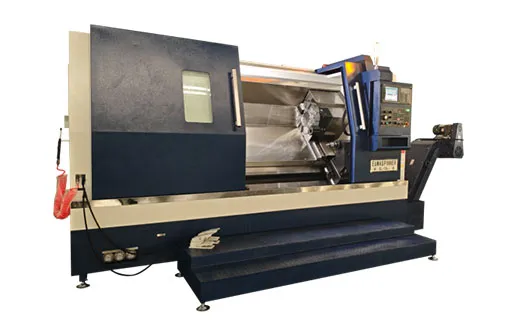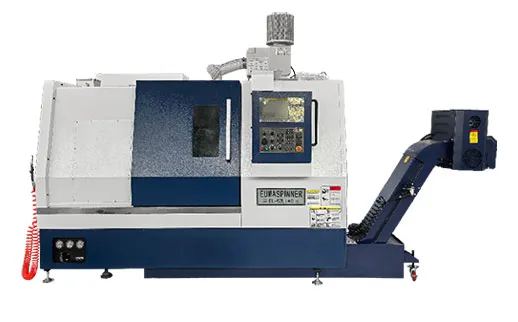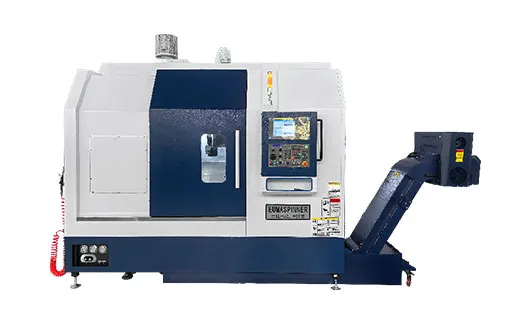In the realm of modern manufacturing, CNC machining centers have revolutionized production processes with their precision and efficiency. But have you ever wondered how these advanced machines process workpieces? Let's delve into the detailed processing steps.
5-Axis Machining Center(B/C axis)
The initial phase of CNC machining center processing involves drawing design and programming. Skilled engineers create precise 3D models according to specific product requirements. Subsequently, they develop detailed processing programs using computer-aided manufacturing (CAM) software, which outline the tool paths, cutting parameters, and sequence of operations. This programming step is crucial as it directly determines the accuracy and efficiency of the machining process. The program is then input into the CNC system of the machining center.
Once the program is ready, the next step is workpiece clamping. The workpiece needs to be firmly fixed on the worktable of the machining center to ensure stability during processing. Various clamping tools such as fixtures, vices, and clamps are used depending on the shape, size, and material of the workpiece. The key here is to guarantee the positioning accuracy of the workpiece, so that the machining operations are carried out according to the designed dimensions.
Choosing the right tool is essential for achieving high-quality machining results. The selection of tools depends on factors such as the material of the workpiece (e.g., metal, plastic, wood), the type of machining operation (e.g., milling, drilling, boring), and the required surface finish. After selecting the appropriate tools, they are installed on the tool turret or spindle of the machining center. The tool change is often automated in modern CNC machining centers, which saves time and improves efficiency.
Before starting the actual machining, various parameters need to be set on the CNC machining center. These parameters include spindle speed, feed rate, cutting depth, and coolant flow. The values of these parameters are determined based on the material of the workpiece, the type of tool, and the processing requirements. Proper parameter setting ensures that the cutting process is smooth, reduces tool wear, and improves the quality of the machined surface.
To avoid errors in mass production, a trial cutting is usually performed first. A small part of the workpiece is processed according to the program, and then measurements are taken to check if the dimensions and accuracy meet the requirements. If there are deviations, adjustments are made to the program, parameters, or tool positions. This step is vital to ensure that the subsequent batch processing is accurate and consistent.
After the trial cutting and adjustment are completed, the CNC machining center enters the automatic machining stage. The machine follows the pre-programmed instructions, and the spindle rotates with the tool to perform various cutting operations on the workpiece. The tool turret automatically changes tools according to the program, and the worktable moves in different axes (usually X, Y, Z axes) to achieve complex machining shapes. During the machining process, the operator monitors the operation of the machine to ensure everything is running smoothly.
Once the automatic machining is finished, the machined workpiece is removed from the worktable for quality inspection. Various measuring tools such as calipers, micrometers, and coordinate measuring machines (CMM) are used to check the dimensions, tolerances, and surface finish of the workpiece. If any defects or inaccuracies are found, the cause is identified and corrected, and the processing steps may be repeated if necessary.
CNC machining centers are widely used in various industries, including aerospace, automotive manufacturing, mold making, medical equipment, and precision machinery. They can process a wide range of materials, from metals like aluminum, steel, and copper to non-metals such as plastics and composites.
In conclusion, the processing of a CNC machining center is a complex and precise process that involves multiple steps, from drawing design and programming to quality inspection. Its high precision, efficiency, and versatility make it an indispensable part of modern manufacturing, driving the development and progress of various industries.
If you want to know more about CNC, you can contact EUMA Machinery, we can provide effective help



GET A QUOTE